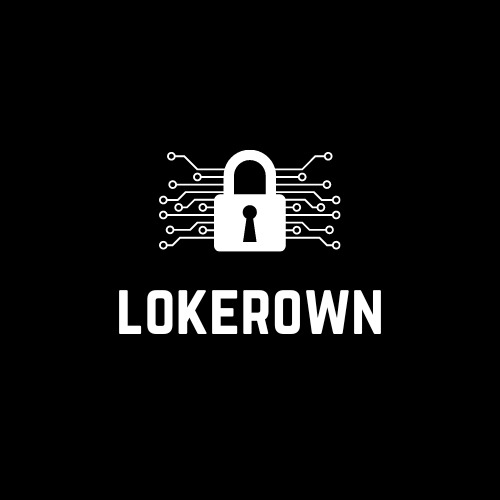In this blog, we are going to discuss Unlocking the Secrets: Choosing Between SailPoint and Okta.
Before moving further, you can get accredited with this SailPoint training certification available online so as to comprehend application development’s core principles on the SailPoint Platform, which would assist you in improving your professional career.
Overview of SailPoint and Okta
SailPoint and Okta are two prominent players in the realm of identity and access management, each offering unique strengths and capabilities. SailPoint is known for its robust governance features, enabling organizations to efficiently manage user identities and access privileges across their systems. On the other hand, Okta shines in its user-friendly interface and seamless integration capabilities with a wide range of applications.
When it comes to scalability, both SailPoint and Okta can cater to the needs of large enterprises, but their approaches differ. SailPoint’s focus on governance may make it more suitable for organizations with complex compliance requirements, while Okta’s emphasis on simplicity and ease of use might be preferred by companies looking for a smoother user experience.
Ultimately, choosing between SailPoint and Okta boils down to understanding your organization’s specific needs and priorities. While both platforms offer robust solutions for identity management, evaluating aspects such as scalability, customization options, and integration capabilities will help determine which platform aligns best with your business objectives.
Use cases: Tailoring to specific business needs.
Tailoring identity and access management solutions to specific business needs is crucial in today’s dynamic digital landscape. By understanding the unique requirements of each organization, platforms like SailPoint and Okta offer a plethora of use cases that go beyond basic user provisioning and authentication. For instance, companies operating in highly regulated industries such as finance or healthcare can leverage these tools to enforce compliance standards and mitigate risks effectively.
Moreover, tailoring IAM solutions allows businesses to streamline workflows, increase operational efficiency, and provide a more seamless user experience. Whether it’s implementing multi-factor authentication for enhanced security or integrating with existing systems for a unified identity source, customization plays a vital role in optimizing processes. Ultimately, by aligning IAM strategies with specific business objectives, organizations can harness the full potential of SailPoint and Okta to drive innovation and stay ahead in the competitive market landscape.
Implementation and integration: Ease of setup.
When it comes to implementation and integration, the ease of setup can make a significant difference in the overall user experience. Both SailPoint and Okta offer solutions that are designed to be user-friendly and intuitive, making the setup process relatively straightforward for IT teams. However, one key consideration is how quickly organizations can get up and running with these platforms, as time is often of the essence in today’s fast-paced business environment.
SailPoint’s implementation process is known for being thorough and well-documented, which can be beneficial for organizations seeking a structured approach to identity management. On the other hand, Okta offers a more streamlined setup process that may appeal to organizations looking for quick deployment without sacrificing functionality. Ultimately, choosing between SailPoint and Okta may come down to your organization’s specific needs and priorities when it comes to implementation ease.
Security and compliance: Protecting sensitive data.
Ensuring the security and compliance of sensitive data is a top priority for organizations in today’s digital landscape. With the ever-evolving threats of cyber attacks and data breaches, it is crucial to implement robust measures to protect valuable information. Both SailPoint and Okta offer advanced solutions in identity governance and access management, helping businesses fortify their defenses against unauthorized access.
SailPoint boasts a comprehensive approach to security, focusing on identity governance to ensure that only authorized users have access to sensitive data. Its automated compliance controls help organizations meet regulatory requirements effectively. On the other hand, Okta excels in providing a seamless user experience while maintaining high levels of security. Its adaptive multi-factor authentication and single sign-on capabilities enhance convenience without compromising on protection.
Ultimately, choosing between SailPoint and Okta boils down to understanding your organization’s specific needs and priorities when it comes to safeguarding sensitive data. By evaluating factors such as scalability, integration capabilities, and ease of implementation, businesses can make informed decisions to enhance their overall security posture.
Pricing comparison: Cost considerations for businesses.
When it comes to cost considerations for businesses evaluating SailPoint and Okta, several factors come into play. While both platforms offer robust identity management solutions, the pricing structures differ significantly. Okta is known for its user-based pricing model, which can be advantageous for smaller organizations with a limited number of users. On the other hand, SailPoint typically offers a more tailored approach with customizable pricing based on specific business needs and scale.
One key aspect to consider is the total cost of ownership over time. While Okta may have lower upfront costs due to its user-based pricing, additional features or modules could incur extra expenses down the line. SailPoint’s customizable pricing may offer more flexibility in terms of scalability and feature additions without unexpected costs. Ultimately, businesses must weigh their unique requirements alongside budget constraints to determine which solution aligns best with their identity management needs and financial goals.
Conclusion: Choosing the right solution for you.
In conclusion, selecting the right solution between SailPoint and Okta depends on understanding your organization’s unique needs and priorities. While Okta offers a user-friendly interface and seamless integration with various applications, SailPoint shines in its robust access control and governance capabilities. It’s essential to assess your organization’s size, industry requirements, existing infrastructure, and future growth plans to make an informed decision.
Ultimately, the choice between SailPoint and Okta is not about choosing the better platform but rather selecting the one that aligns most closely with your organization’s strategic goals. Consider factors like scalability, customization options, compliance regulations, budget constraints, and post-implementation support when making this critical decision. Both solutions have strengths and limitations; therefore, conducting thorough research and possibly consulting with experts can help steer you towards the platform that will best propel your organization towards success in identity management.






